DeFi is evolving rapidly in Q1 2025. Lending yields have dropped sharply, yet total value locked (TVL) continues to rise, signaling the sector’s maturation and increasing institutional trust. The vaults.fyi USD benchmark has plunged below 3.1%, underperforming the U.S. 1-month T-bill yield of 4.3% for the first time since 2023. Spark’s lending rates fell from 12.5% to 4.5%, and Aave now offers just 3% on USDC and USDT.
Despite yield compression, major vaults across Aave, Sky, Ethena, and Compound have grown from $4B to $15B in deposits. Spark alone saw its TVL triple in 2025, even as yields declined. This reflects growing comfort with DeFi as financial infrastructure, not just a speculative arena.
The rise of curators on platforms like Morpho and Euler marks a shift in DeFi asset management. These curators manage risk, optimize capital allocation, and implement high-yield strategies using assets like Pendle LP tokens. Firms such as Gauntlet now manage over $750M in TVL, earning millions in fees. USDC vaults managed by curators are achieving 5–12% yields, outperforming base benchmarks.
A new layered DeFi market is emerging: blue-chip protocols like Aave offer stable, low-risk yields, while strategy providers on Morpho and Euler deliver higher returns through sophisticated optimization.
Ethereum mainnet still dominates for top yield opportunities, with Base emerging as a key alternative. Meanwhile, newer chains offer high but unsustainable yields driven by incentives.
Coinbase’s Bitcoin-collateralized lending via Morpho on Base showcases the “DeFi Mullet” trend—fintech UX powered by DeFi backend—bringing crypto finance to millions without them even realizing.
Looking ahead, advances in AI-powered curation, real-world assets, and institutional capital will shape the next phase of DeFi lending.









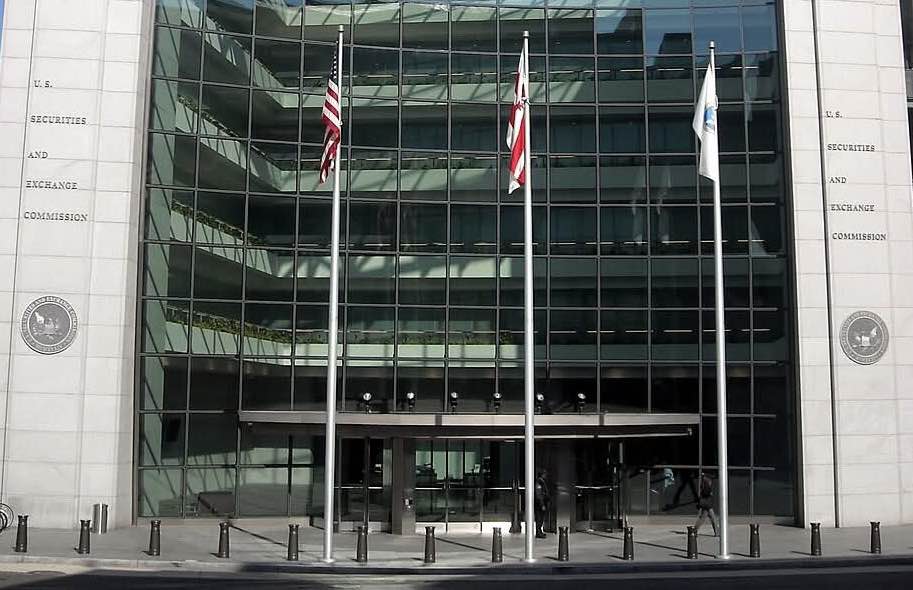

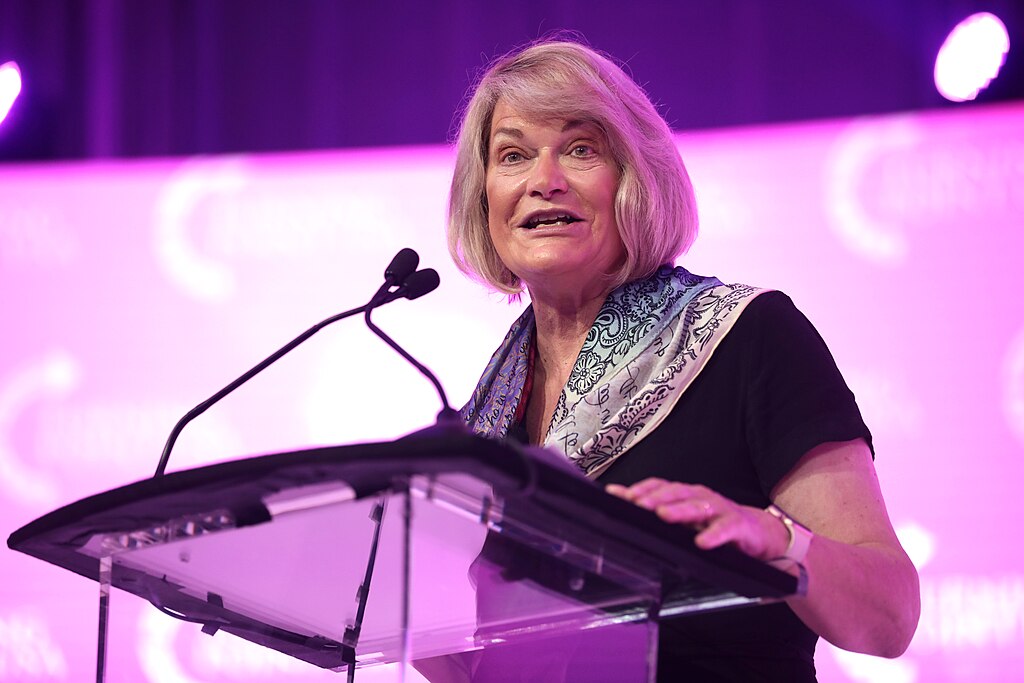



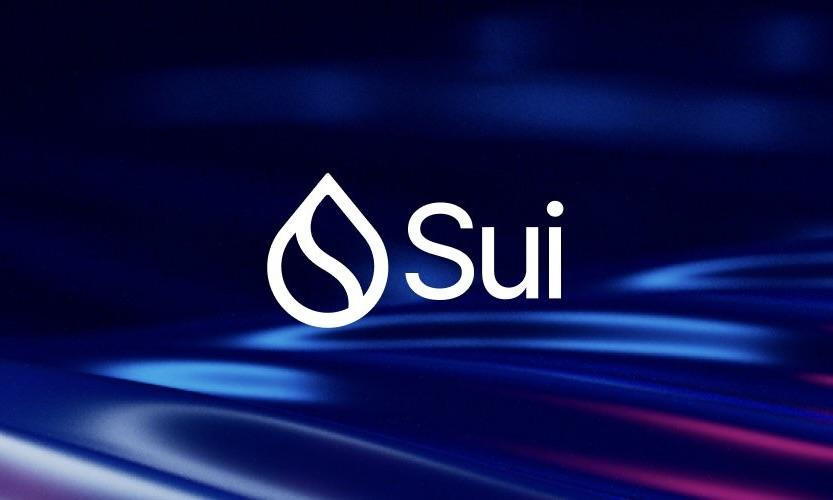

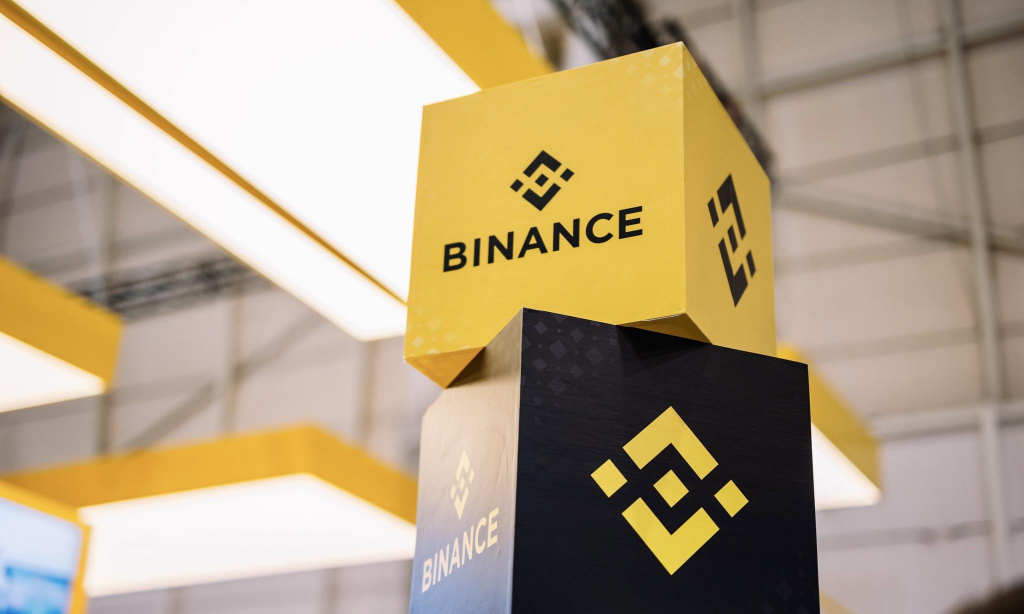






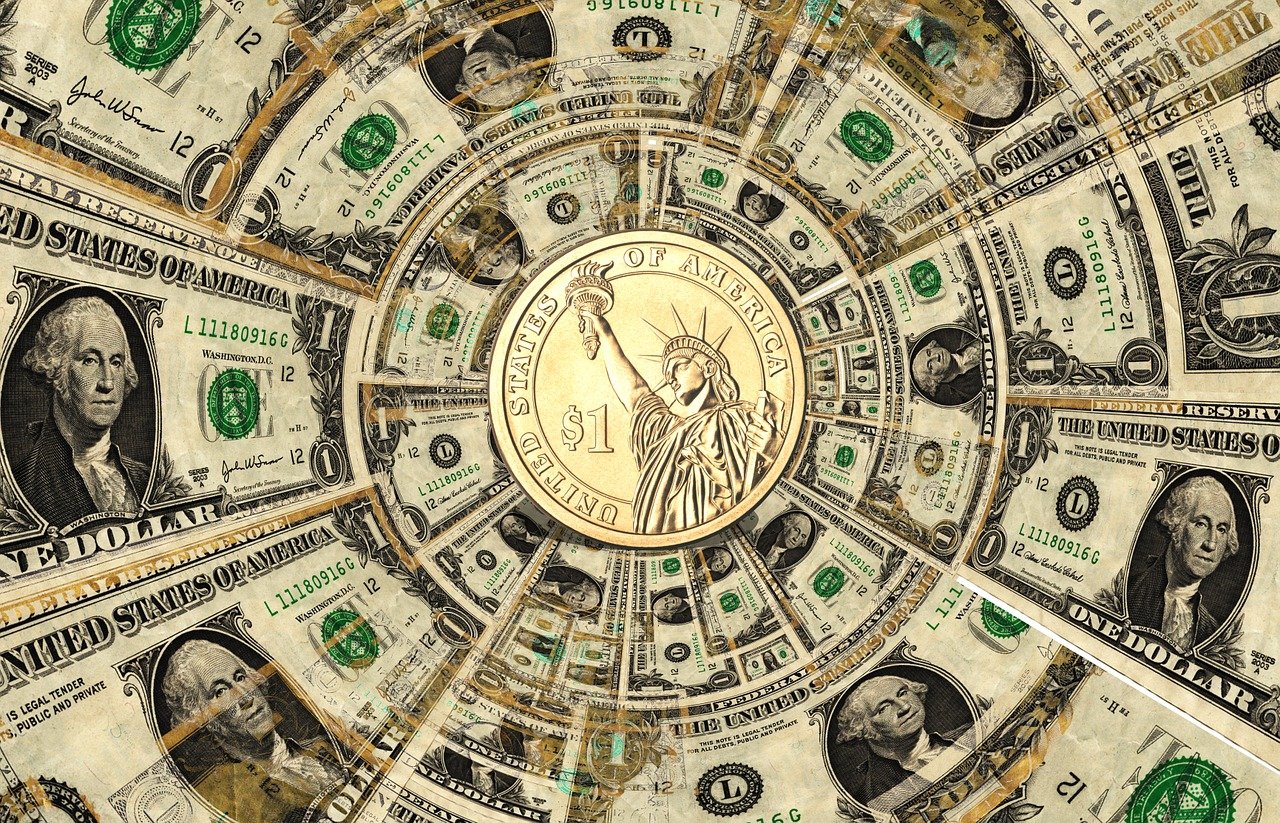


Comment 0